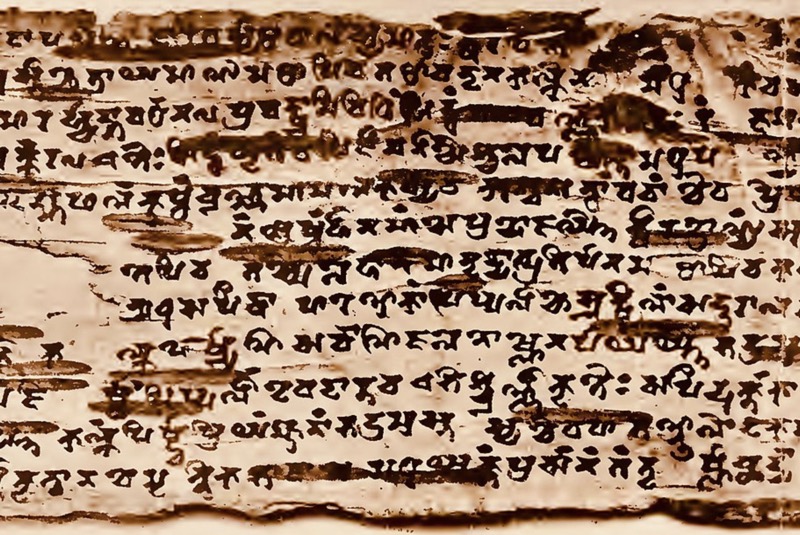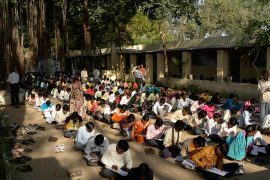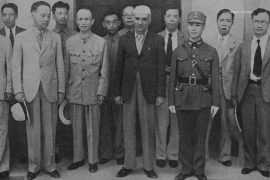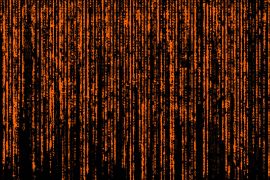Take the following ingredients; goat’s milk, ginger, vacha (acorus calamus), sigru (moringa pterygosperma), chebulic myrobalan, long pepper, black pepper, patha (stepaniaher nandifolia), rock salt and clarified butter… take one pala each and boil these in one preastha of clarified butter, together with four times as much of the milk. By the use of this preparation, a man attains memory and intelligence.
The above passage reads in the Bower Manuscript, a collection of one of the oldest written texts of India. The manuscripts dated to the Gupta period and were written on the bark of birch or bhurja patra. However, one might find the name “Bower” confusing, given the origins of the scripts. However, there is a story behind it.
Copyright©Madras Courier, All Rights Reserved. You may share using our article tools. Please don't cut articles from madrascourier.com and redistribute by email, post to the web, mobile phone or social media.Please send in your feed back and comments to editor@madrascourier.com











